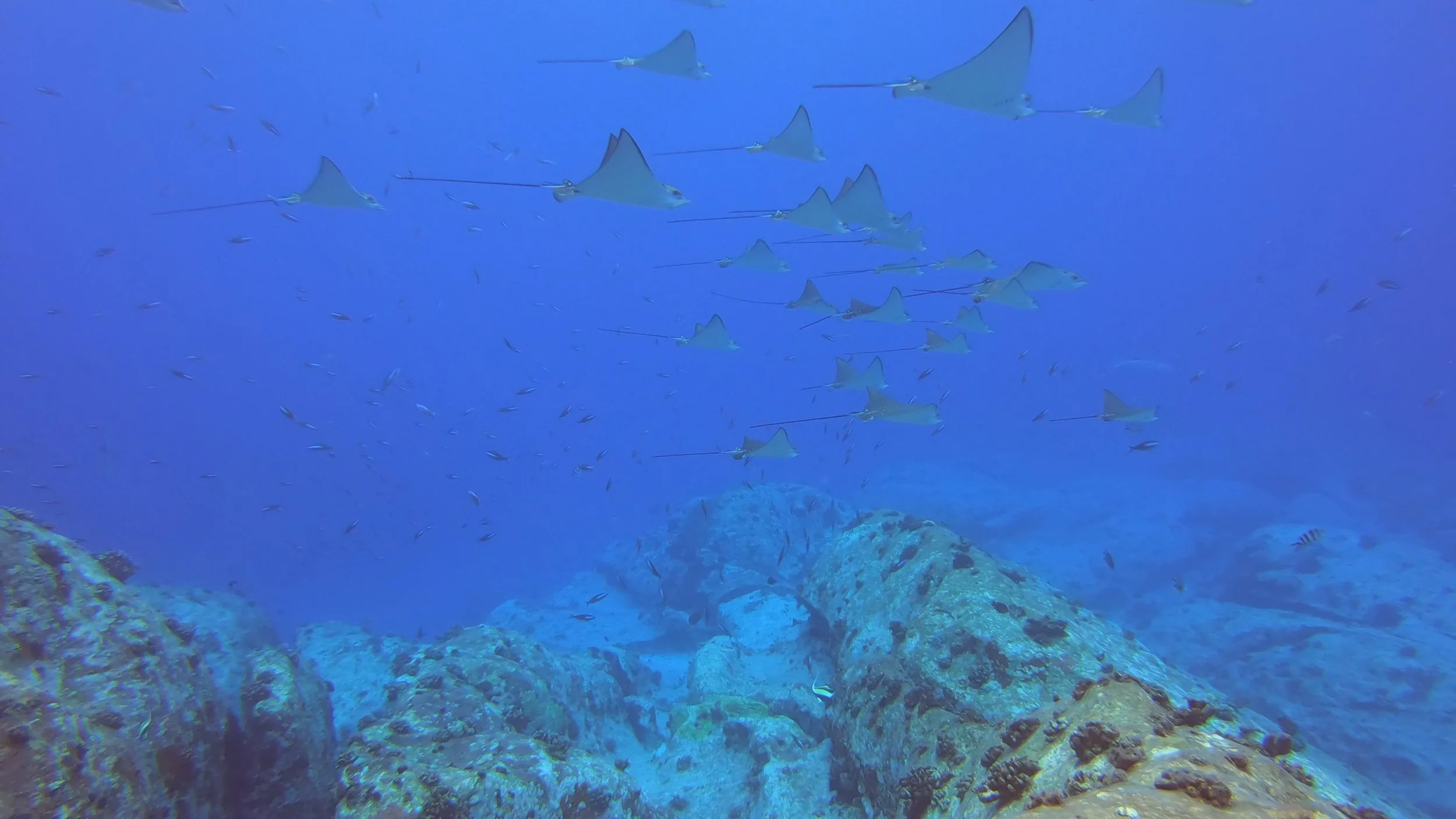Diving in the Seychelles
Last spring I wrote about the Seychelles’ Debt for Nature Swap and effort to protect one-third of the country’s Exclusive Economic Zone (EEZ) - out to 330km - as marine protected areas, half of which will be no-take reserves prohibiting extractive human activties. The government is currently engaged in a spatial planning process with local stakeholders to develop a MPA network that balances the needs of the environment with the fishing community. Considering that the country’s population is relatively small and its ocean resources are so vast, this is a major boon for marine wildlife protection and healthy reef.
In most cases, the healthiest reefs are also the most resilient to climate change. A robust coral reef requires a full-spectrum of marine life, including apex predators like sharks, algae-grazing fish like parrotfish and sturgeon fish, and filter feeders like sponges and coral. Remove a few species of fish or invertebrates and the entire coral reef system can fall out of its delicate balance, subjecting it to further degradation. Marine protected areas – especially no-take reserves – provide fish and other marine life with the essential habitat and minimal human impact they need to thrive. Once marine life in a MPA are given time to replenish, they spread beyond the MPA’s borders, improving ecosystem function and fishing opportunities outside their boundaries.
During my three weeks of researching and visiting a number of the country’s 115 granitic and coral islands, I dived in many inspiring underwater sites, filled to the brim with eagle rays, sharks, turtles, octopus and many species of fish. Please check out the video/photo compilation I created showing my diving highlights.

